Zwei Brewing | Dunkelweiss
Fall seasonal standards such as pumpkin beers, Oktoberfest Märzens and Fresh Hop IPAs permeate store shelves as the nights begin to cool and autumn turns to winter. It is a welcome sight for many beer drinkers, whether you like to stick to classics or seek out something new. Whichever camp you are in, Zwei Brewing’s Dunkelweiss manages to tick both those boxes. It is both a traditional German Wheat Ale and an often-overlooked style that could become your next fall go-to.
The owners at Zwei Brewing, Kirk and Eric Lombardi, brew this Dark German Wheat Ale twice a year on a rotating schedule that includes their Bernsteinfarbenes Weissbier and Weizenbock. This year we are all fortunate to have it hit the taps during fall, which happens to be Kirk’s favorite time of year to enjoy it.
Dunkels Weissbier and Dunkelweizen, as it is more commonly known in America, literally translates to “dark white beer” and “dark wheat” which may sound familiar as it is the dark version of the more popular Weissbier or Hefeweizen. Although “dark white beer” may be a terminological contradiction, it has many of the same characteristics you have come to know in Weissbier, but with a substantially darker color and rich, malty flavor profile. Kirk suggests that the naming paradox can be explained by Germans so closely identifying the word Weissbier with Wheat Ale that it has become jargon and its literal meaning has been ignored.
According to The Oxford Companion to Beer (Oxford University Press, 2012, pg. 831), Dark German Wheat Ales are “considered especially traditional because the color predates the wide availability of pale malts.” In other words, Dunkelweissbier was the original German Wheat Ale that eventually spawned Hefeweissibier as pale malting technology was introduced.
In keeping with that history, Zwei generally brews according to style when crafting their renditions of classic German Lagers and Ales, and their Dunkelweiss is no exception. It falls well within the BJCP style guideline ranges for ABV (5.2%), IBU (14) and SRM (18). Although the hopping rate in a Dunkels Weissbier is too low to detect much hop flavor and aroma, they are still a necessary ingredient to impart just enough bitterness to balance the sweetness derived from the wheat and barley malt. Zwei uses Hallertau Mittelfruh to achieve this, which is a German noble hop variety commonly used for a variety of traditional German beers.
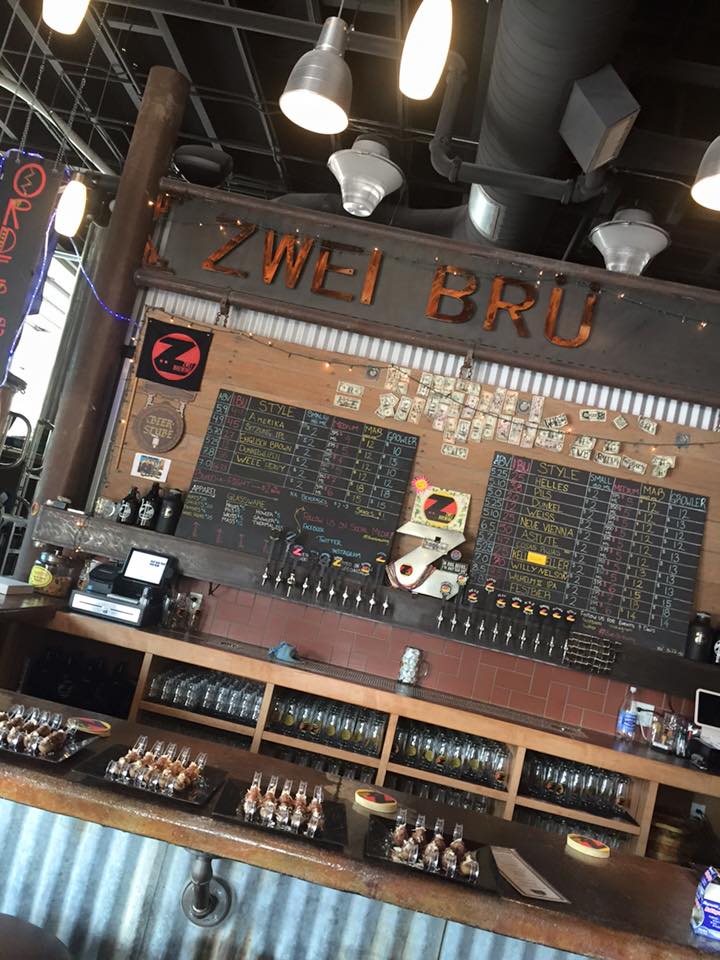
Most of the unique character of this beer and the style, in general, comes from the malt and Bavarian Weizen yeast. Zwei keeps it largely traditional on these fronts but tweaks it just enough to give it a house flavor by adding German specialty malts that contribute to the beautiful, russet brown color and sweet, dark bread character.
Although a single infusion mash is commonly used in American craft brewing, Zwei chooses to go with the more laborious three-step infusion mash. This process more closely replicates a traditional German decoction mash by holding the mash at three distinct temperatures for specific amounts of time to activate different enzymes responsible for the conversion of proteins and starches into amino acids and sugars. In the end, the effort is well worth the result of better foam and a more complex malt profile.
While drinking a properly poured Dunkelweiss, Kirk shared with me that the first beer he drinks after landing in Germany is a Franziskaner Weissbier, which he likens more to a darker Wheat Ale than what is generally labeled as a Weissbier in the US. Every time he drinks it, he is reminded of that first beer in Germany. Kirk said, “My inspiration comes from the look on their face when they taste it,” referring to watching his patrons react to sensory memories similar to his own.
The cloudy, mahogany beer is topped with a plentiful, tightly knit, ivory head. The familiar yeast driven aromas of banana and clove are complemented by toast, cocoa powder and candied, dark fruit. As you drink, flavors of brown bread and toffee lead into baking spices that combine with effervescence to create a dry finish despite the creamy, fluffy texture.
It is robust enough to stand up to heartier fare like roasted squash and poultry. The chocolatey malt character plays nicely with sweet, acidic fruit dishes, and the high levels of carbonation help wash down rich gravy. All of which adds up to a beer that pairs perfectly with Thanksgiving or Christmas dinner.
While Zwei occasionally distributes a few kegs to local bars, they are not planning on doing so this time around. If you are ISO, the only place to get it is at the source. Fortunately, they do offer it to-go in crowlers or growlers, but it will likely be kicked within the month according to Kirk. If you want it in your fall beer rotation or on your holiday dinner table, then make your socially distanced way down to Zwei Brewing in Fort Collins, Colorado.
-
Very well written. Makes me feel like I’m sitting right in the bar. Now I’m craving.


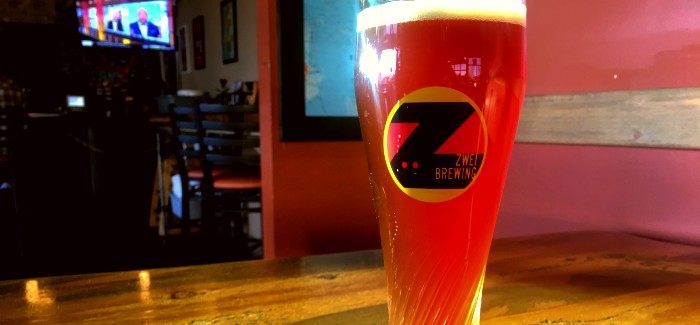

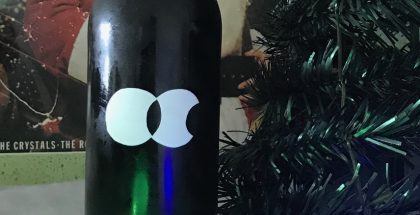
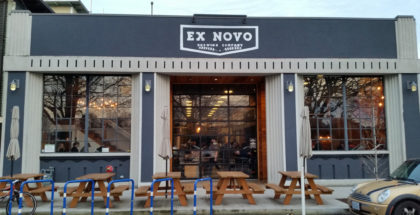

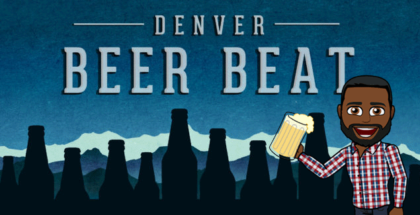
Comments